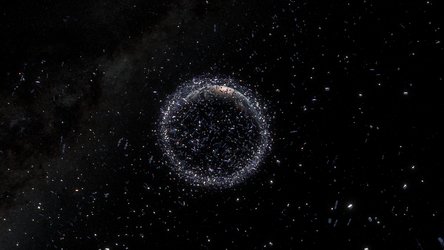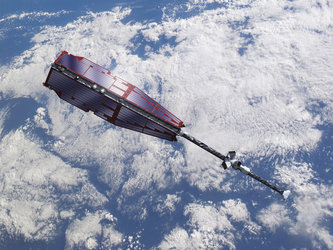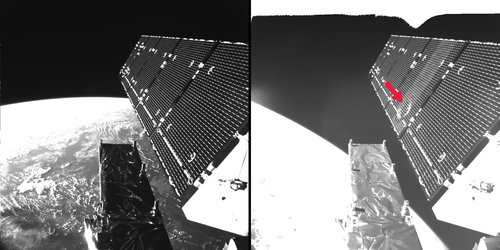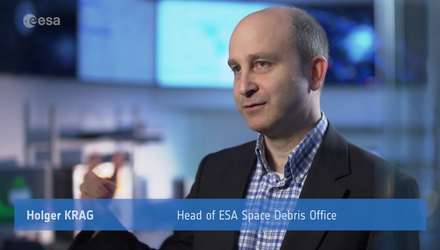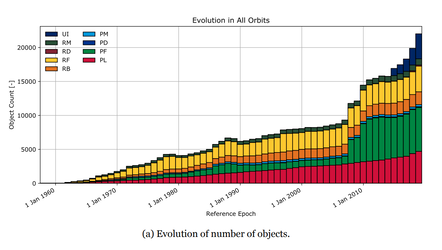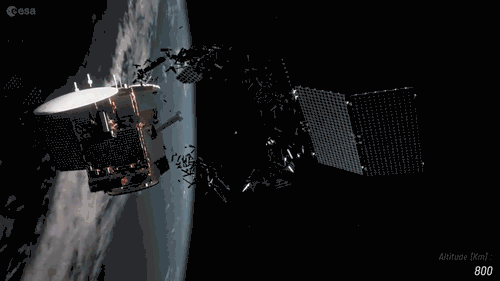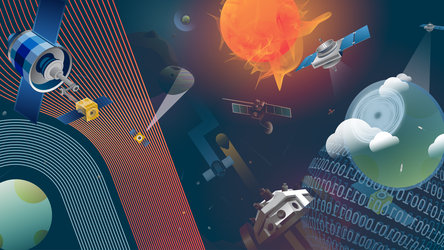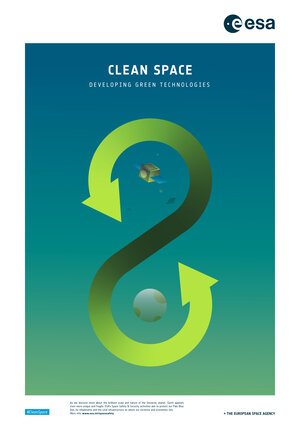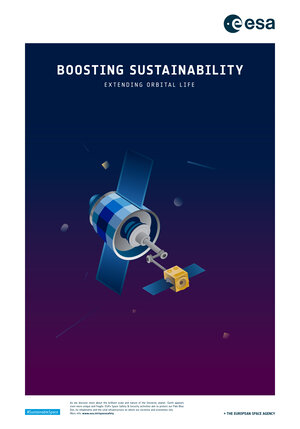European conference on space debris risks and mitigation
The 7th European Conference on Space Debris, to be held 18–21 April at ESA’s Space Operations Centre in Darmstadt, Germany, will provide a unique forum for leading scientists, engineers, managers, space operators, industry, academia and policy-makers from all major spacefaring nations.
Media are invited to attend the overall conference, in particular the opening presentations and the concluding press conference.
Today, around 750 000 objects larger than 1 cm are orbiting Earth. At average speeds of 40 000 km/h, impacts on space hardware would deliver roughly the energy equivalent to the explosion of a hand grenade. Consequences for our operational satellites could be severe.
About 18 000 of these pieces of debris are large enough to be regularly monitored by powerful surveillance systems. Such monitoring data are used by space agencies such as ESA to avoid collisions. The majority of these objects have been generated by more than 250 explosions.
With the increase in the number of objects in space, experts believe that collisions among these objects, some of which have already occurred, might become the primary source for new fragments in orbit. Experts have proposed countermeasures that would mitigate this problem. However, significant challenges are faced by spacefaring organisations to implement these measures.
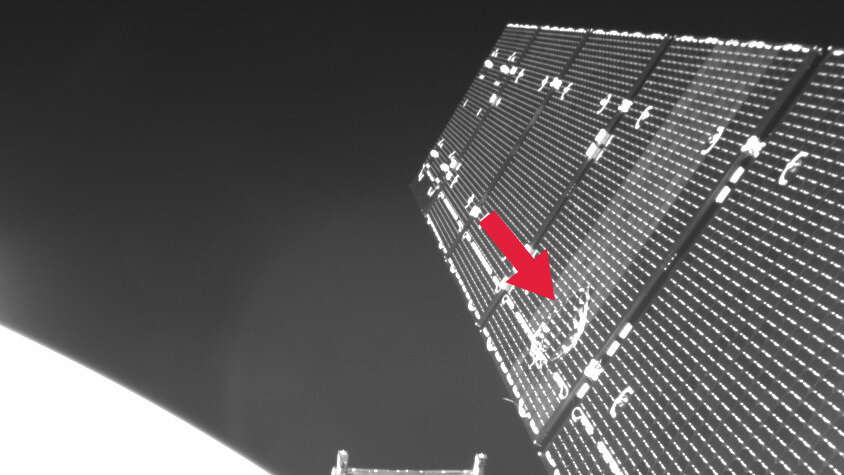
The 7th European Conference on Space Debris is the largest gathering in the world on this topic. The conference will be opened by ESA Director General Jan Woerner and NASA’s former orbital debris chief scientist Donald Kessler.
Highlight talks will address acute issues like the current practice in implementing debris avoidance measures, novel concepts for the active removal of debris, and the deployment of large constellations of several thousand satellites for telecommunications. Finally, the proliferation of small satellites, CubeSats and nanosatellite swarms will be addressed.
The topics of megaconstellations, active removal and European efforts toward space situational awareness and surveillance, measurements and modelling will be addressed. The important issue of atmospheric reentry survival and the risk on the ground as well as aspects of hypervelocity impacts in space will be discussed by top global experts.
Programme
Below is an outline programme for media. While journalists may attend all technical sessions, the slots listed below are recommended for non-specialist media.
Opening ceremony
18 April, 09:30–12:00 CEST
Streamed live via: http://www.esa.int/spacedebris
Welcome addresse by Jan Woerner, Director General of ESA and introduction by Rolf Densing, ESA Director of Operations and Head of ESOC
- Video address by Thomas Pesquet, French ESA astronaut on the International Space Station
- Introduction by Holger Krag, Chair of the Programme Committee and Head of the ESA Space Debris Office
- Premiere of a 3D movie on space debris
- Highlight Lecture by Donald Kessler, NASA
Plenary session moderated by Manuel Metz, DLR, and Christian Cazeaux, CNES
- Hugh Lewis (University of Southampton): Sensitivity of the Space Debris Environment to Large Constellations and Small Satellites
- J.C. Liou (head of NASA Orbital Debris Program Office): Highlights of recent Research Activities at the NASA Orbital Debris Program Office
- Satomi Kawamoto (JAXA): Current Status of Research and Development on Active Debris Removal at JAXA
- Thomas Schildknecht (AIUB): Determining and Modeling Space Debris Attitude States by Fusing Data from different Observation Techniques.
On 19–20 April a series of technical sessions and workshops will take place, which the media are welcome to attend. Details are described in the programme.
Concluding press conference with Q&A session
21 April, 11:00–13:00 CEST
Streamed live via: http://www.esa.int/spacedebris
At the ESOC press centre, the main points of discussion and overall conclusions of the four-day conference will be presented to the press.
Participants:
- Brigitte Zypries, German Federal Minister for Economic Affairs and Energy, German national aerospace coordinator
- ESA Director General Jan Woerner
- ESA Director of Operations and Head of the ESOC Establishment Rolf Densing
- Conference chair Holger Krag, Head of the ESA Space Debris Office, joined by senior panellists from COSPAR, IAA, CNES, DLR, ASI, UKSA (further names tbc).
Media registration and further details
Full details on media registration and contact for interview requests via the ESA media section of our website.



